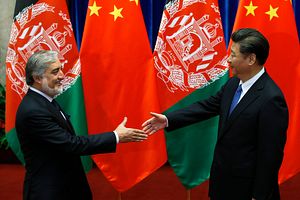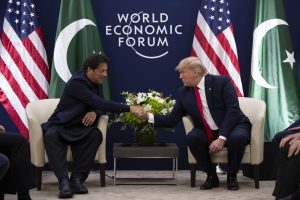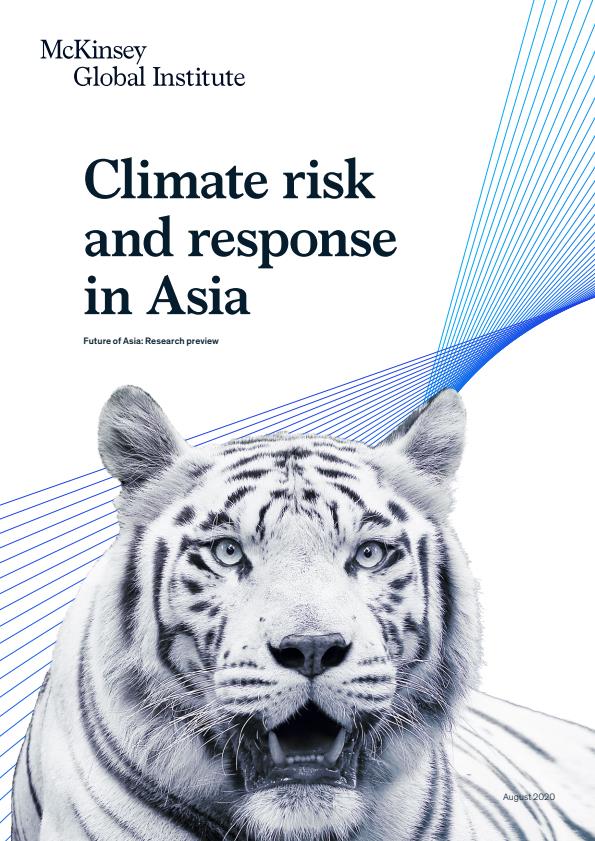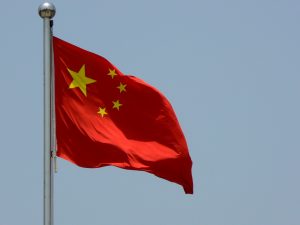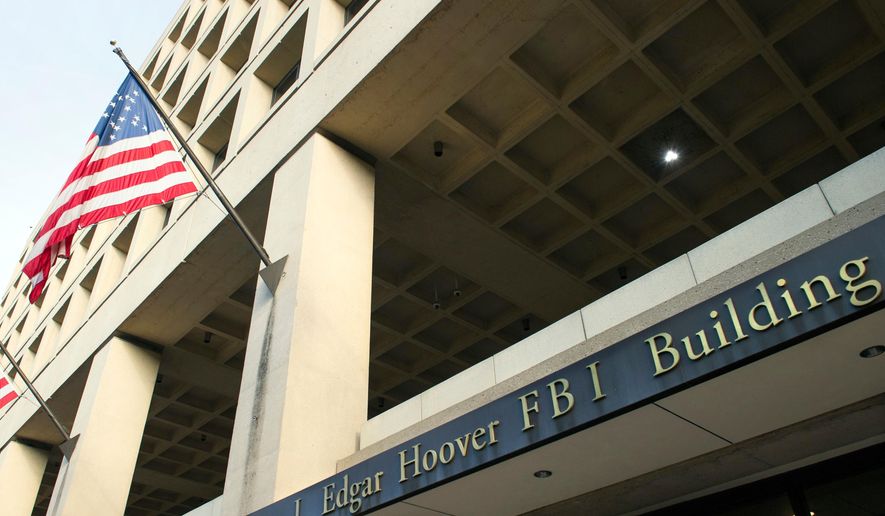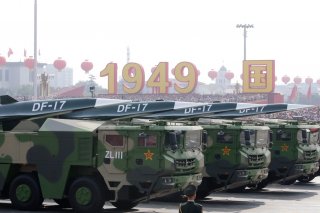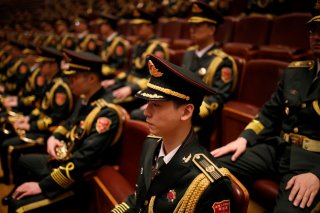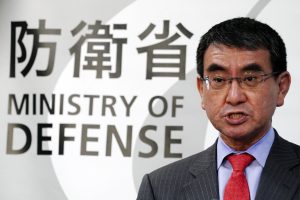Amid a period of heightened tensions between India and China, the United States is looking at ways to show support for India. For understandable reasons, defense cooperation comes to mind as the most obvious way to highlight the emerging U.S.-India partnership. But widening regional cooperation is crucial to building more political support for the partnership. The United States should move more quickly in establishing a new consulate in India, an idea first announced in 2016. On the heels of the United States and China closing consulates in each other’s country, the symbolism alone would be particularly significant.
People-to-people connections between the United States and India remain a fundamental element of the U.S.-India relationship. India has become the United States’ ninth-highest goods trade partner, an important services trade partner, and the second-largest source of foreign students, and Indian companies are rapidly expanding investments in the United States across a range of sectors. Indians comprised a whopping 74 percent of all H-1B visa applications in 2019.
But as outlined in the following chart, the U.S. consular presence in India is spectacularly sparse, especially when considering population. India is a sizeable source of foreign visitors to the United States. Although India is not yet a significant destination for U.S. tourists or college students, these numbers will likely continue to increase in the future.
